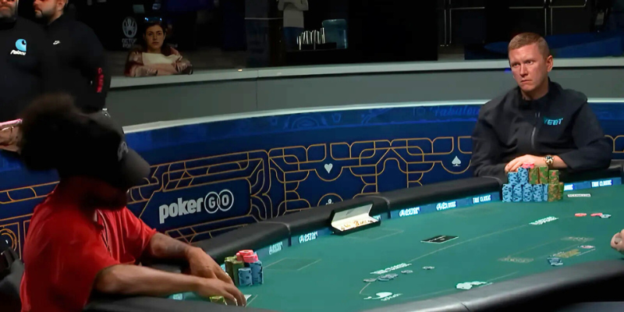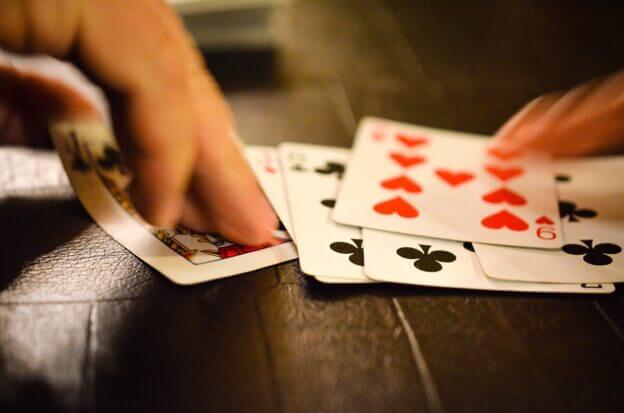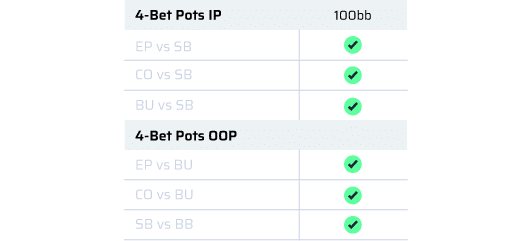In this article, we will explore the importance of VPIP (Voluntarily Put Money in Pot) in PLO strategy and delve into how you can use this valuable information to your advantage at the tables, especially in min VPIP games.
By understanding VPIP, you can have a better grasp of your opponents’ range of hands and their overall playing style. This knowledge can serve as a powerful tool in making informed decisions and maximizing your winnings.
What is VPIP?
VPIP is a fundamental concept in poker that measures the percentage of hands in which a player voluntarily puts money into the pot preflop. When calculating VPIP, any time a player voluntarily puts money into the pot by either calling or raising, it counts towards their VPIP percentage.
A higher VPIP generally indicates a looser and more aggressive playing style (playing a wider range of hands), while a lower VPIP suggests a tighter and more conservative approach (playing fewer hands and being more cautious). Here are a few basic rules to effectively use VPIP to your advantage:
- Against looser players (high VPIP – above 35%)
Tighten up your range. Minimize your risk and maximize your chances of winning against loose and aggressive opponents. - Against tighter players (low VPIP – below 25%)
Take advantage of their cautiousness by playing more aggressively, since they are more selective with their starting hands.
A “good” VPIP in a standard format 6-max PLO game often falls within the range of 25-30%, but it’s crucial to address various factors to adjust your play, such as opponents’ tendencies, table dynamics, position, and stack sizes, rather than solely relying on a specific VPIP range.
High VPIP Games in PLO
In the intricate world of Pot-Limit Omaha (PLO), minimum VPIP games represent a unique and challenging frontier, and as such, they demand a distinct approach. These games, usually played on apps or clubs, are characterized by players being obligated to play more hands (often 40% or higher) or else they get kicked from the table. In the next section, we’ll explore the nuanced strategies required for success in such high-action environments.
Distinct challenges:
- Less Fold Equity Pre-Flop
With wider ranges in play, and other players also needing to maintain their VPIP you are going to be able to take down the blinds less often. - High Rake
More hands and action translate into a higher rake. You will be involved in more pots in general, but you will also be entering these pots with weaker hands. - Different Post-Flop Ranges
Expect broader and more unconventional hand ranges post-flop, necessitating a more adaptable approach to reading hands and making decisions. - More Multiway Pots
With more players seeing the flop, multiway pots become common, requiring adjustments in hand selection and post-flop strategy.
8 Strategies for Success
Adapting to these challenges involves a comprehensive set of strategies:
1. Look for Fringe Hands
Fringe hands refer to combos where the solver has a mixed decision (like mixing between an open-raise and a fold). In high VPIP games, fringe hands often gain in value. So, we can start looking at hands that would either be playing a mixed strategy or even folding preflop in a GTO world and add them into our range.
2. Add Limping Ranges
With lower fold equity preflop, having an open limping strategy can start to make sense. Some of the EV of our hand comes from taking down the blinds when we raise, but when we have less fold equity we can take marginal folding hands and develop a limping range. We don’t necessarily need to balance this limping range with a limp raising range, and don’t be afraid to limp fold these hands to a raise and multiple calls when you have a hand that doesn’t play well multiway.
3. Cold Call Wide on the Button
The button is a powerful position in any poker game. In high VPIP games, expanding the range of hands you’re willing to cold call with can be a profitable way to maintain a high VPIP.
4. Defend Your Big Bling Aggressively
This is a logical area to expand our range with marginal hands. However, we must be cautious here. As we add marginal hands to our range due to VPIP requirements and a good price out of the BB, we have to adjust how we play post flop. For example when we flop bottom two with a weak flush draw, these can often just be folded 3- or 4-way due to potential domination.
5. Min-Raising Against Limpers in the Big Blind
When facing limpers, a small raise can be a great way to increase our VPIP, because checking in the big blind when facing a limp does not count towards our VPIP. So if we go for a min raise against wide ranges that are also trying to maintain their VPIP, we are able to cheaply increase our own VPIP without much fear of getting limp re-raised.
6. Avoid VPIP Trouble
If the minimum VPIP of the table is 40% you should really be targeting a VPIP of around 42/43% so that you do not find yourself in VPIP trouble. If you are constantly having to make highly negative EV plays to be able to stay at the table you are likely playing too tight and are missing out on the more marginal EV loss spots
7. Play Aggressive Preflop
An obvious benefit of playing more aggressive preflop is that you are facing wider ranges so you can bet or raise thinner for value in these games. However if you employ this strategy you also make it harder for players behind you to enter the pot and therefore they may struggle to maintain their VPIP and be forced into losing plays during the game.
This works especially well if you have regulars behind you as you can remove a strong opponent from the pot, and hopefully play heads up with the weaker player. If there are weaker players behind you, it may make sense to just call so you can bring them into the pot
8. Find Games with Antes
When you play in regular games with antes you are supposed to play a lot wider, and have limping ranges etc. given the dead money in the pot. So if you can find minimum VPIP games with antes in them, then you are able to play a strategy that is much closer to actual GTO.
Conclusion to Mastering VPIP
By understanding and utilizing VPIP effectively, you can adjust your strategy accordingly and gain a significant advantage at the tables. Navigating the dynamic and challenging waters of high VPIP games in Pot-Limit Omaha requires a blend of skill, adaptability, and strategic insight.
By overcoming the unique challenges these games present and employing specific strategies—valuing fringe hands, using limping effectively, expanding cold calling on the button, defending the big blind aggressively etc.—players can turn potential obstacles into opportunities for profit and growth.
Embracing these strategies will not only enhance your performance in high VPIP games but also deepen your overall understanding and enjoyment of the complexities of PLO.




